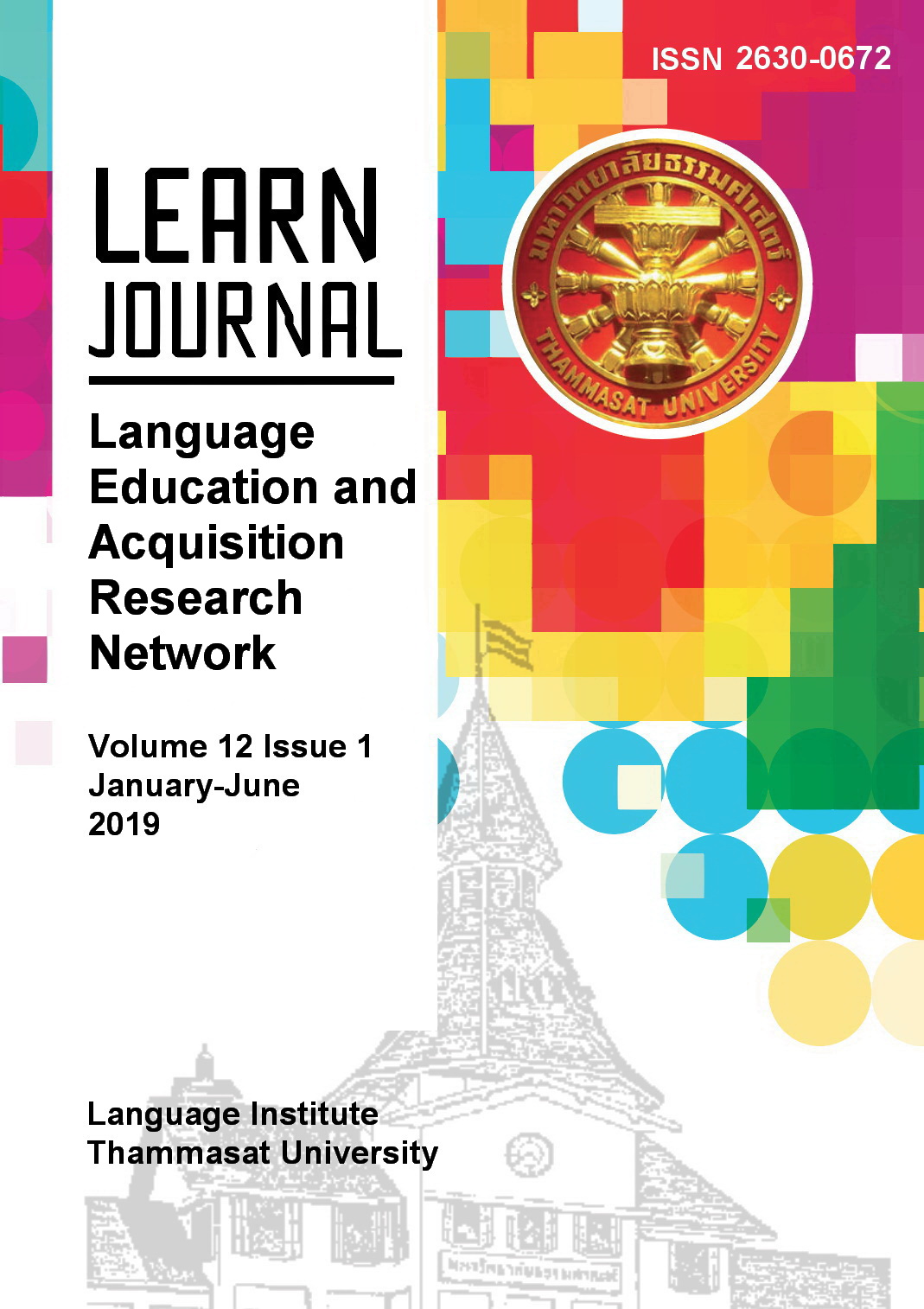Language Policy and Bilingual Education in Thailand: Reconciling the Past, Anticipating the Future
Main Article Content
Abstract
Despite a century-old narrative as a monolingual country with quaint regional dialects, Thailand is in fact a country of vast linguistic diversity, where a population of approximately 60 million speak more than 70 languages representing five distinct language families (Luangthongkum, 2007; Premsrirat, 2011; Smalley, 1994), the result of a history of migration, cultural contact and annexation (Sridhar, 1996). However, more and more the country’s linguistic resources are being recognized and employed to deal with both the centrifugal force of globalization and the centripetal force of economic and political unrest. Using Edwards’ (1992) sociopolitical typology of minority language situations and a comparative case study method, the current paper examines two minority language situations (Ferguson, 1991), one in the South and one in the Northeast, and describes how education reforms are attempting to address the economic and social challenges in each.

